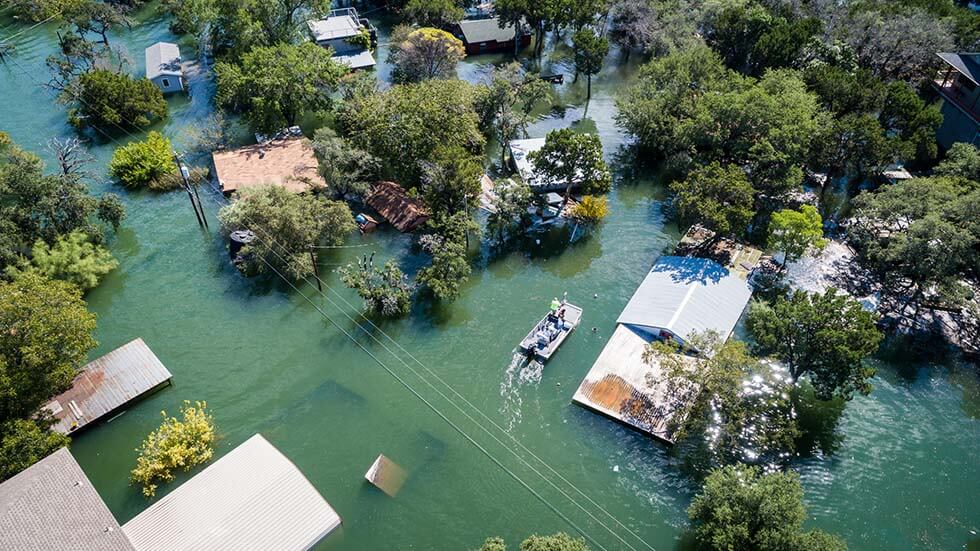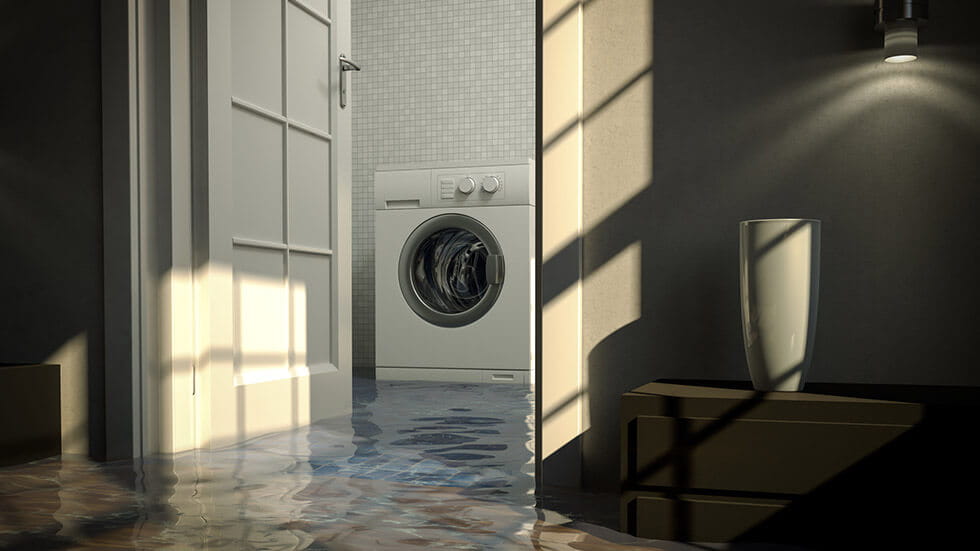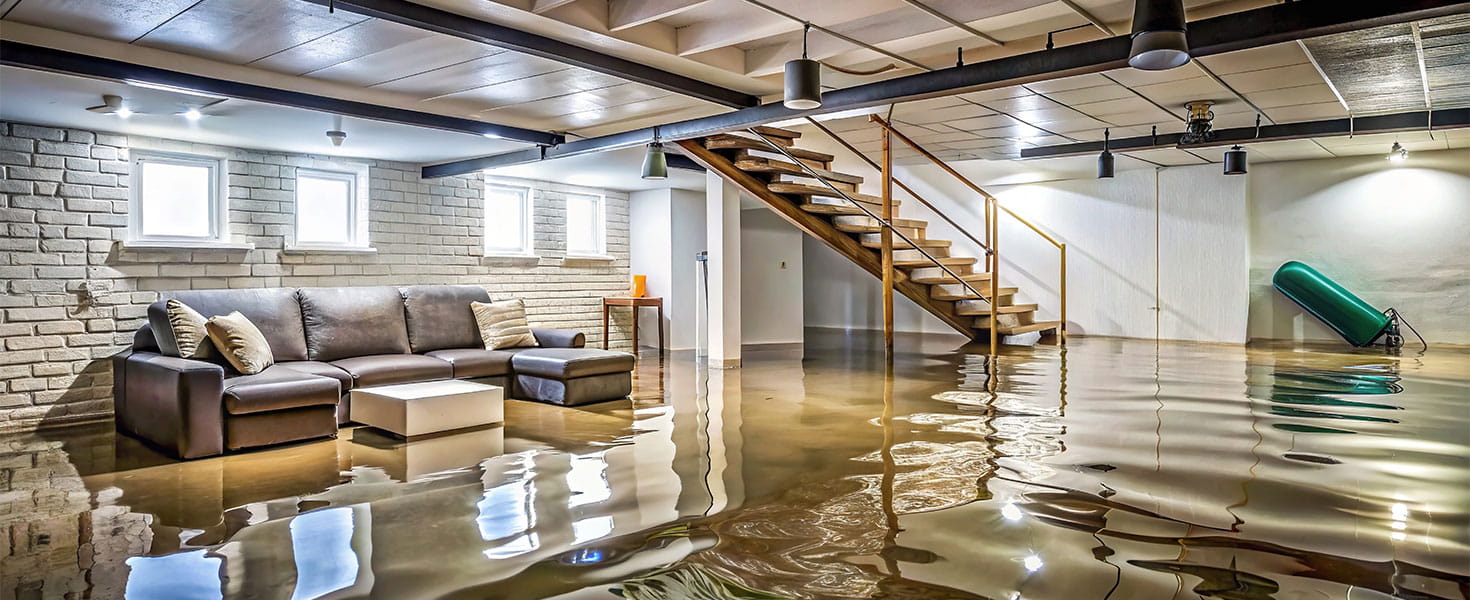New data suggests that many more homes and businesses are at risk of severe flooding than previously understood. In fact, nearly 15 million properties across the country are at substantial risk, with half of those property owners currently unaware of the risk they face.
As we move into the spring season, it’s time to start preparing for spring storms and the flooding that comes along with them. So, how safe is your home from a flood? Here’s some information about how flood prone your area may be, how you can check your property, and ways to prevent and prepare for flooding.
MOST FLOOD PRONE AREAS
The new study, conducted by the First Street Foundation, helped them to understand the risk from any type of flooding event, including riverine, rainfall, storm surge, and tidal sources. They integrated those factors into the final risk statistics, helping to provide insight into new findings around flood risk.
According to the study, the top five states with the greatest proportion of properties currently with substantial flood risk include West Virginia, Louisiana, Florida, Idaho, and Montana. Arizona, Nevada, Washington D.C., Colorado, and Maryland have the lowest proportion of properties currently with substantial risk.
However, Washington D.C., Utah, Wyoming, Montana and Idaho all were found to have a greater risk of flood compared to previously known information, and Arizona, New Jersey, and Louisiana properties were found to actually be at lower risk than previously thought.
Louisiana, Delaware, New Jersey, Florida, and South Carolina rank highest for the greatest proportional increase of properties with significant risk over the next 30 years.
HOW TO CHECK YOUR PROPERTY’S FLOOD FACTORS
The First Street Foundation created a free, online tool to help you learn:
- If your property has flooded from major events in the past
- If your property is currently at risk
- How that risk changes over time
With more than 142 million properties, neighborhoods and cities analyzed, you can view your home’s Flood Factor and understand what you can do to protect it from future flooding.
Enter your address in the tool, view your flood risk, how flooding affects your home and everything in it, and the likelihood of floods in your area in the future.
HOW TO PREPARE FOR A FLOOD
While some causes of floods are out of your control, there are steps you can take to protect your property and reduce risk. Solutions can vary in cost, effort, time to implement, and effectiveness, so calculate your home’s risk and think about which solutions make the most sense for you. Some options include:
- Runoff reduction. Install rain barrels and increase absorbent surfaces by building rain gardens and French ditches to capture precipitation.
- Sump pump. Install a water removal system, like a sump pump, which collects water and moves it off your property.
- Raise systems. Move your home’s heating and cooling equipment to higher floors or an elevated platform to prevent flood water exposure.
Flood insurance is another option to help reduce financial risk from flood. What a flood insurance policy covers can vary, but most include coverage for:
- Electrical and plumbing systems
- Furnaces and water heaters
- Built-in appliances
- Detached garages
- Foundations walls, anchorage systems and stairs
- Personal belongings, such as clothing and furniture
- Valuable items, such as artwork and jewelry
Whether or not flood damage is covered depends on the cause of the flooding. For example, damage caused by a sewer backup is covered if it’s a direct result of flooding; otherwise, the damage is not covered. It’s important to talk to your insurance agent to learn if flood insurance is right for you, and to understand your policy’s coverage.



















